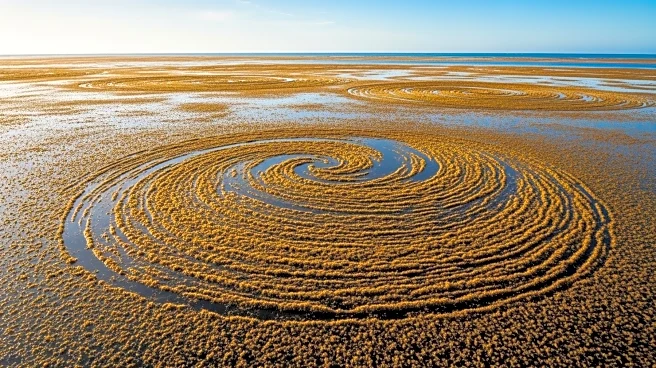What's Happening?
The Great Atlantic Sargassum Belt, a massive seaweed bloom stretching from West Africa to the Gulf of Mexico, has reached a record biomass of 37.5 million tons. This phenomenon, driven by nutrient pollution from rivers like the Mississippi and Amazon, poses threats to coastal communities and ecosystems. The seaweed accumulations can disrupt fisheries, tourism, and infrastructure, while releasing harmful gases as they decompose. The situation highlights the impact of human activity on marine environments.
Why It's Important?
The expansion of the sargassum belt underscores the interconnectedness of terrestrial and marine ecosystems, with nutrient pollution driving large-scale changes in oceanic conditions. The economic and environmental impacts on coastal regions are significant, affecting industries like tourism and fishing. The situation calls for coordinated efforts to manage nutrient inputs and mitigate the effects of these blooms, as well as research into long-term ecological consequences.











